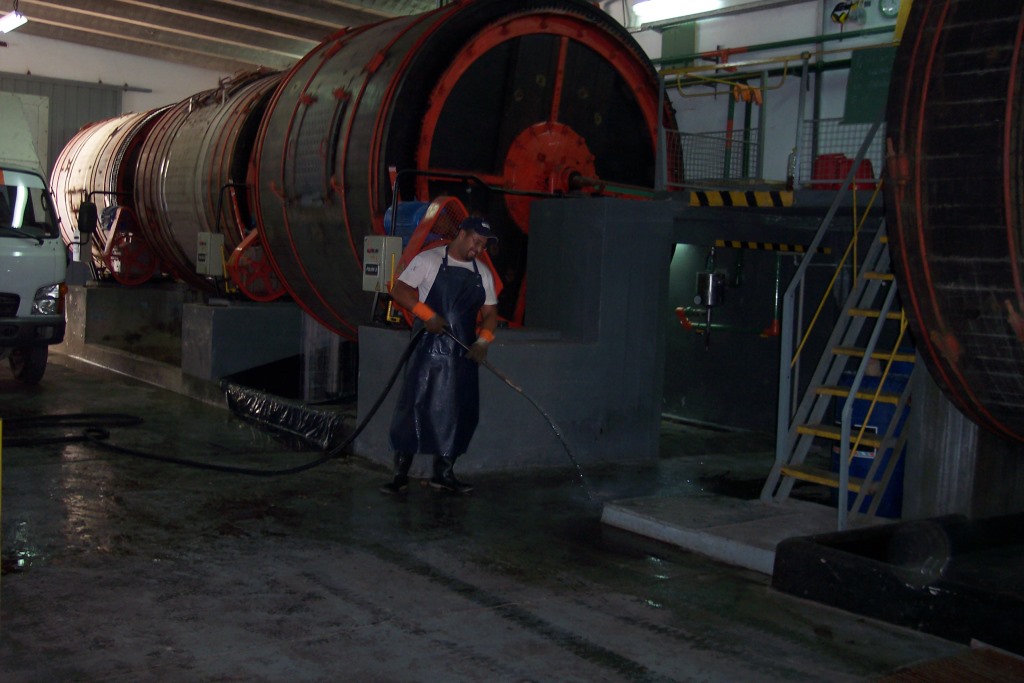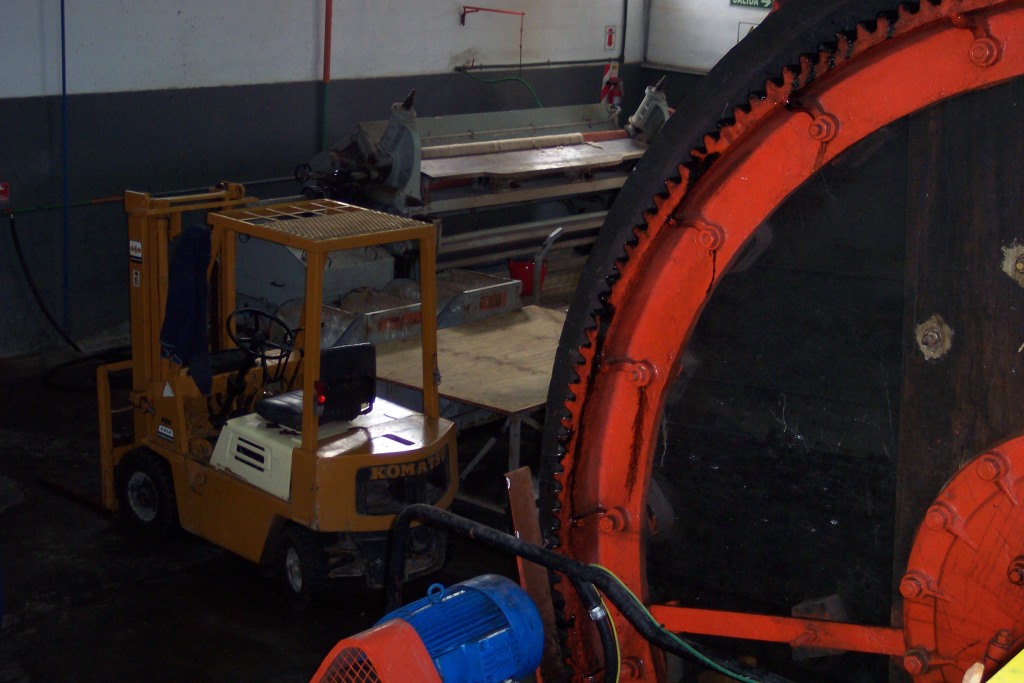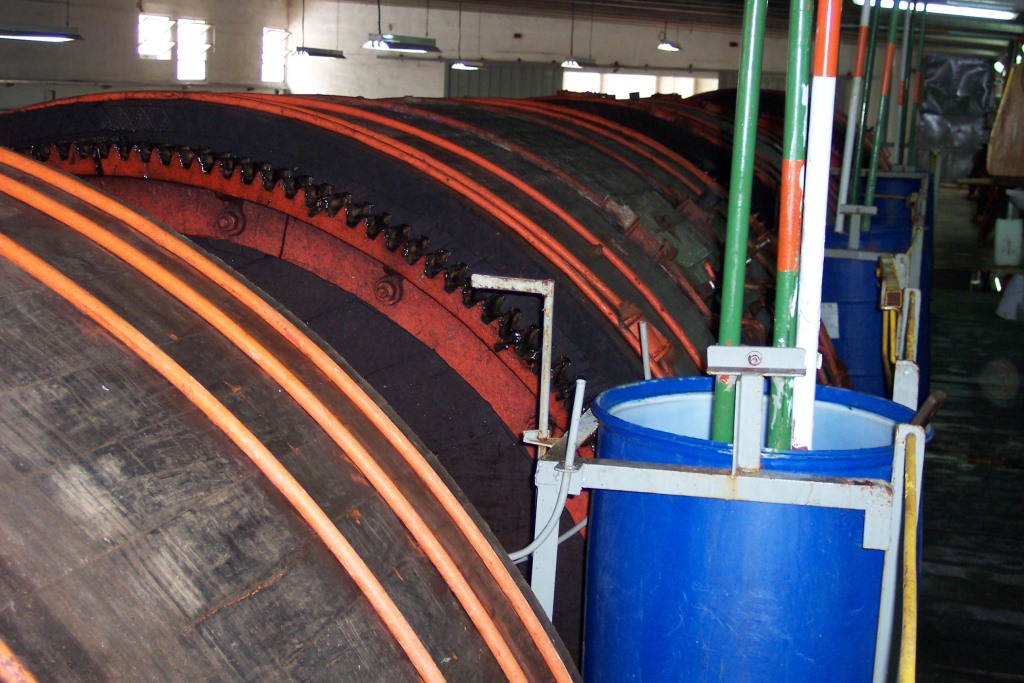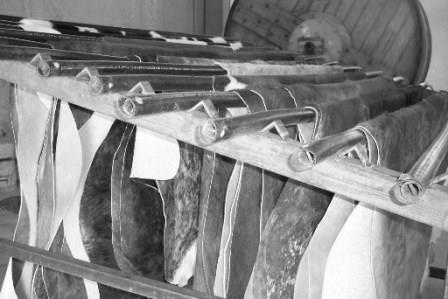Tanning and treatment of the cowhides
All hides used in the production of our cowhide rugs come from animal farming for food consumption. We are not producing new materials to put on our planet; we feel very good about selecting what is left over from the food industry. Leather is a 100% natural product, which comes from nature and will one day return to nature.
Raw cow skins are sourced from slaughterhouses, and there, animals are managed with all approved techniques, and always taking care of the animal. At slaughterhouses or skin warehouses there is a process of salting the hides, in order that the hides can be preserved for a long time.
Argentina is known to have the finest quality cow skins in the world due to the large suitable extensions of land, a favorable weather for cattle raising, and a great variety of cow breeds. We hand pick our raw cow skins, in order to select only the best of them.
The chrome tanning process consists in a summary way on the following steps:
- 1) Soaking: The preserved raw hides regain their normal water contents. Dirt, manure, blood, preservatives (sodium chloride, bactericides) etc. are removed.
- 2) Chrome tanning: The skins & hides are immersed in a basic chromium sulfate solution within a large revolving drum that tumbles the skins and hides.
- 3) Drained: This process has two main purposes: A-to accommodate the hide fibers to perform a good re-tanning. B-Have a lightweight cowhide to not overwork the machinery.
- 4) Divided: In this process the leather is divided and what most interests us is the top cattle hair. Here we are looking to pass to the final thickness of 2.5 to 1.8 to 2 mm in the next step of the cutback.
- 5) Leveling: In this process the fibers are opened for a re-tanning so the chromium will penetrate very deeply. Here we give it a good leveling.
- 6) Oiled: In this step we apply oil, finishing the cowhide with a shiny smooth body, finesse, and bringing soft leather accent.
- 7) Drying: This completes the process of tanning with a grade of humidity.
- 8) Fulling: At the conclusion of the drying of the cowhide, it goes into a fulon to be softer through a series of hits and friction generated by the movement of the fulon.
- 9) Cutting and Fitting: It is giving to the leather neatly trimmed the final touches. You do this in a working bench and let it ready for export.




